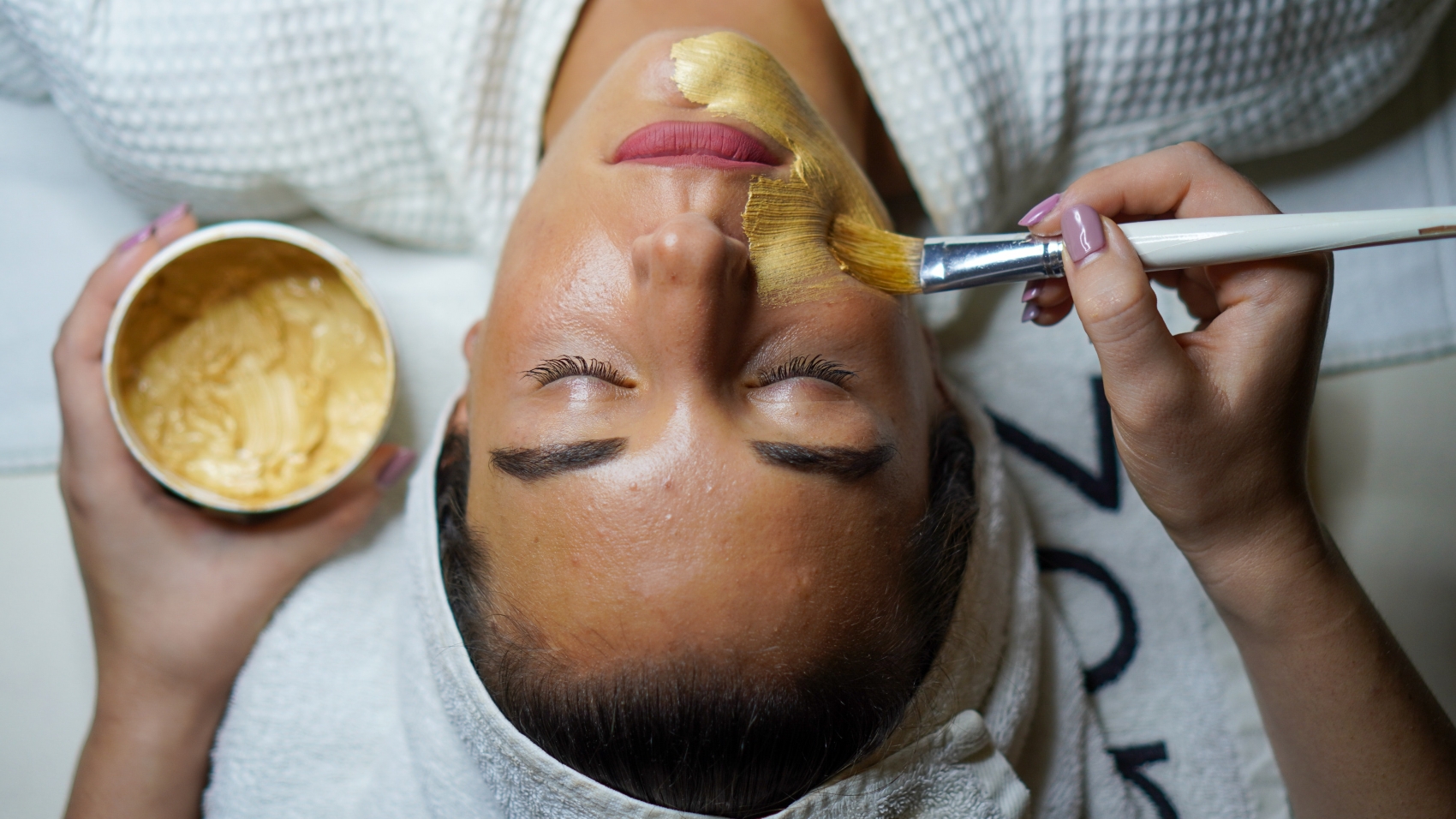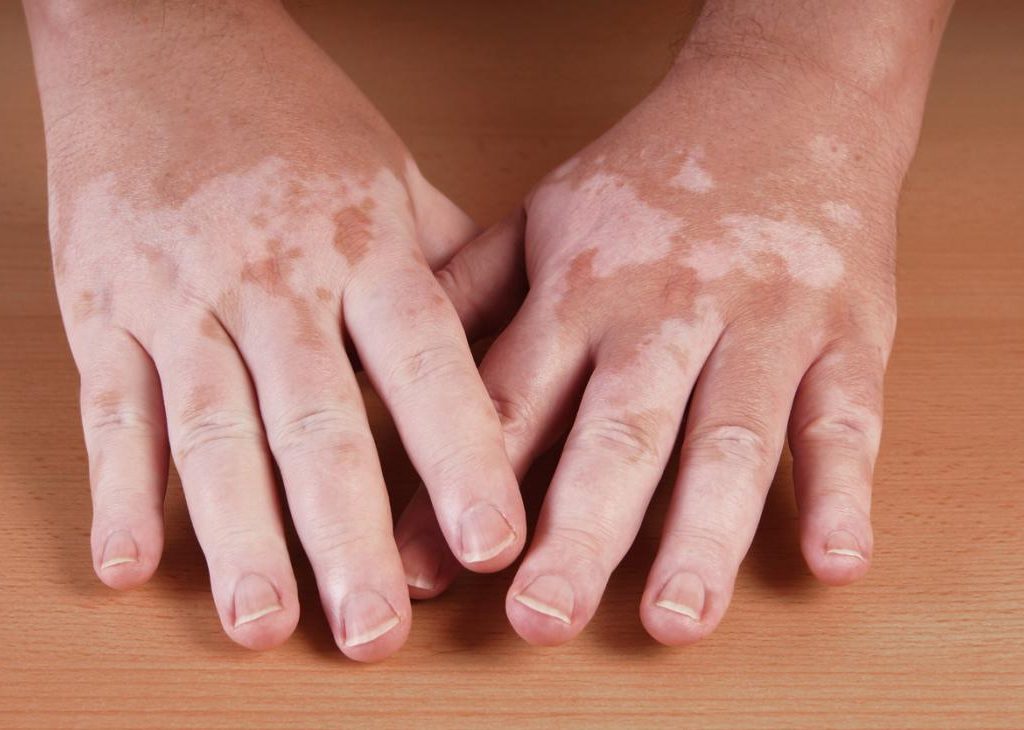We all strive to achieve clear, supple, and youthful-looking skin. This means that we need to be aware of not just what we put into our bodies, but also on our skin. Here are some DIY facial recipes that you can try, using only the most natural ingredients!
For Dry Skin: Cucumber and Aloe Vera mask
Ingredients:
2 – 3 tbsp Aloe Vera Gel
½ regular sized cucumber
Steps:
- Slice up your cucumber. How much depends on how much you want to make and how watery you want your mask to be
- Place the cucumber slices into a blender and blend into a watery paste
- Add the aloe vera gel and blend until smooth
- Massage the mask onto your face and leave on for half an hour
- Rinse off with cool water and pat dry
This mask is perfect for dry skin as aloe vera absorbs easily and is very effective in hydrating and treating dehydrated skin, sunburn, and frostbite. Additionally, cucumber is also great for cooling down your skin and also has anti-inflammation properties.
For Oily Skin: Egg, Oat, and Honey mask
Ingredients:
1 Egg White
1 tsp Natural Honey
1 tbsp ground oats ( the finer the better)
Steps:
- Thoroughly mix the egg white into the honey until well combined and frothy
- Stir in the ground oats until you achieve a paste
- Evenly cover your face with the mask, avoiding your eyes, and leave on for 10 – 15 minutes
- Remove the mask by washing your face with warm water
Egg whites have long been known to tighten and shrink pores, which helps to prevent the accumulation of dirt in your skin. Oats are considered a superfood that promotes clear skin through moisturising, regulating inflammation, and reducing itch within your skin. Additionally, honey has been known to be anti-bacterial, clarifying, and soothing for the skin.
For Acne-Prone Skin: Avocado, Aloe and Coconut Oil mask
Ingredients:
½ Avocado
1tsp Coconut Oil
1tsp Aloe Vera gel
Steps:
- Mash the avocado into a paste
- Combine the coconut oil, aloe vera gel, and avocado
- Mix into a smooth consistency
- Apply onto your face and leave to dry for 10 – 15 minutes
- Remove mask by washing with cool water and pat dry
This mask will help mild acne with avocado’s moisturising properties and aloe vera and coconut oil’s anti-inflammatory and antibacterial properties.
For Sensitive Skin: Cucumber, Honey and Tea mask
Ingredients:
1 Baby Cucumber
1 cup Black Tea
1tbsp Natural Honey
Steps:
- Cut the cucumber into thin slices
- Steep the black tea in a cup and stir honey in
- Set the tea and honey mixture aside to cool
- Add cucumber slices into the tea
- Let the mixture sit for 10 minutes
- Remove cucumber slices and place them all over your face for 10 – 20 minutes
- Remove slices and wash your face with cool water
If you have sensitive skin, you have to ensure that the ingredients used are natural and will not irritate your complexion. In addition to being soothing, these ingredients have additional benefits for your skin. Cucumber is hydrating, honey is nourishing, and black tea is an effective antioxidant.
For Clogged Pores: Egg White and Lemon Juice mask
Ingredients:
2 Egg Whites
1 tbsp Lemon Juice
Steps:
- Mix 1 egg white and lemon juice in a bowl
- Apply to your blackheads, avoiding your eyes
- Soak 3 -4 cotton pads in the remaining egg white and place it onto the applied areas in step 1
- Allow cotton pads to dry
- Once dry, slowly peel off
- Rinse your face with cool water
This is a DIY peel-off mask that will help reduce blackheads. Egg whites help to tighten your pores and fight against acne while lemon juice can be used as a skin astringent, closing pores and tightening your skin. Do use lemon juice sparingly as it is still a naturally occurring acid.
These DIY facial recipes are perfect for lazy days at home, or even a girls night in! Start the year out right by taking good care of your skin while getting the most bang for your buck by creating your very own natural face masks at home. You’ll be sure to thank us!


